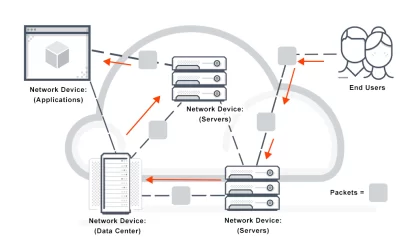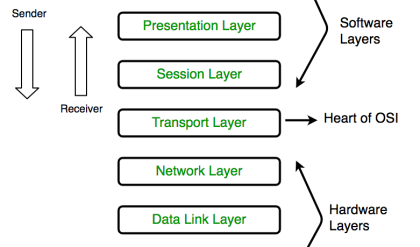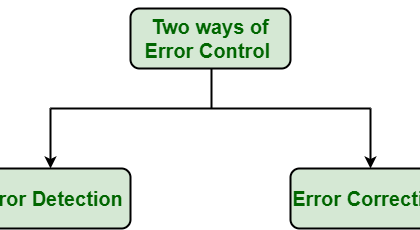Standardization is vital in telecommunications. A rough analogy is that it allows worldwide communication because we all “speak a standard language.” As the reader progresses through this book, he/she will find that this is not strictly true. However, a good-faith attempt is made in nearly every case.
There are international, regional, and national standardization agencies. There are at least two international agencies that impact telecommunications. The most encompassing is the ITU (International Telecommunication Union) based in Geneva, Switzerland, which has produced literally over 2000 standards. Another is the International Standardization Organization (ISO) that has issued a number of important data communication standards.
Unlike other standardization entities, the ITU is a treaty organization with more treaty signatories than the United Nations. Its General Secretariat produces the Radio Regulations. This document set is the only one that is legally binding on the nations that have signed the treaty. In addition, two of the ITU’s subsidiary organizations prepare and disseminate documents that are recommendations, reports, or opinions and are not legally binding on treaty signatories. However, they serve as worldwide standards. The ITU went through a reorganization on January 1, 1993. Prior to that, the two important branches to us were the CCITT, standing for International Consultative Committee for Telephone and Telegraph; the second was the CCIR, standing for International Consultative Committee for Radio. After the reorganization, the CCITT became the Telecommunication Standardization Sector of the ITU, and the CCIR became the ITU Radiocommunication Sector. The former produces ITU-T Recommendations and the latter produces ITU-R Recommendations.
The ITU Radiocommunications Sector essentially prepares the Radio Regulations for the General Secretariat.
We note one important regional organization, ETSI, the European Telecommunication Standardization Institute. For example, it is responsible for a principal cellular radio specification, GSM or Ground System Mobile (in the French). Prior to the 1990s, ETSI was the Conference European Post and Telegraph or CEPT. CEPT produced the European version of digital network PCM, previously called CEPT30+2 and now called E-1.
There are numerous national standardization organizations. There is the American National Standards Institute based in New York City that produces a wide range of standards. The Electronics Industries Association (EIA) and the Telecommunication Industry Association (TIA), both based in Washington, DC, are associated with one another. Both are responsible for the preparation and dissemination of telecommunication standards. The Institute of Electrical and Electronic Engineers (IEEE) produces the 802 series specifications, which are of particular interest to enterprise networks. The Advanced Television Systems Committee (ATSC) standards for video compression produce CATV (cable television) standards, as does the Society of Cable Telecommunication Engineers. Another important group is the Alliance for Telecommunication Industry Solutions. This group prepares standards dealing with the North American digital network. Bellcore (Bell Communications Research, now called Telcordia) is an excellent source for standards with a North American flavor. These standards were especially developed for the Regional Bell Operating Companies (RBOCs). There are also a number of Forums. A forum, in this context, is a group of manufacturers and users that band together to formulate standards. For example, there is the Frame Relay Forum, the ATM Forum, and so on. Often these ad hoc industrial standards are adopted by CCITT, ANSI, and the ISO, among others.





